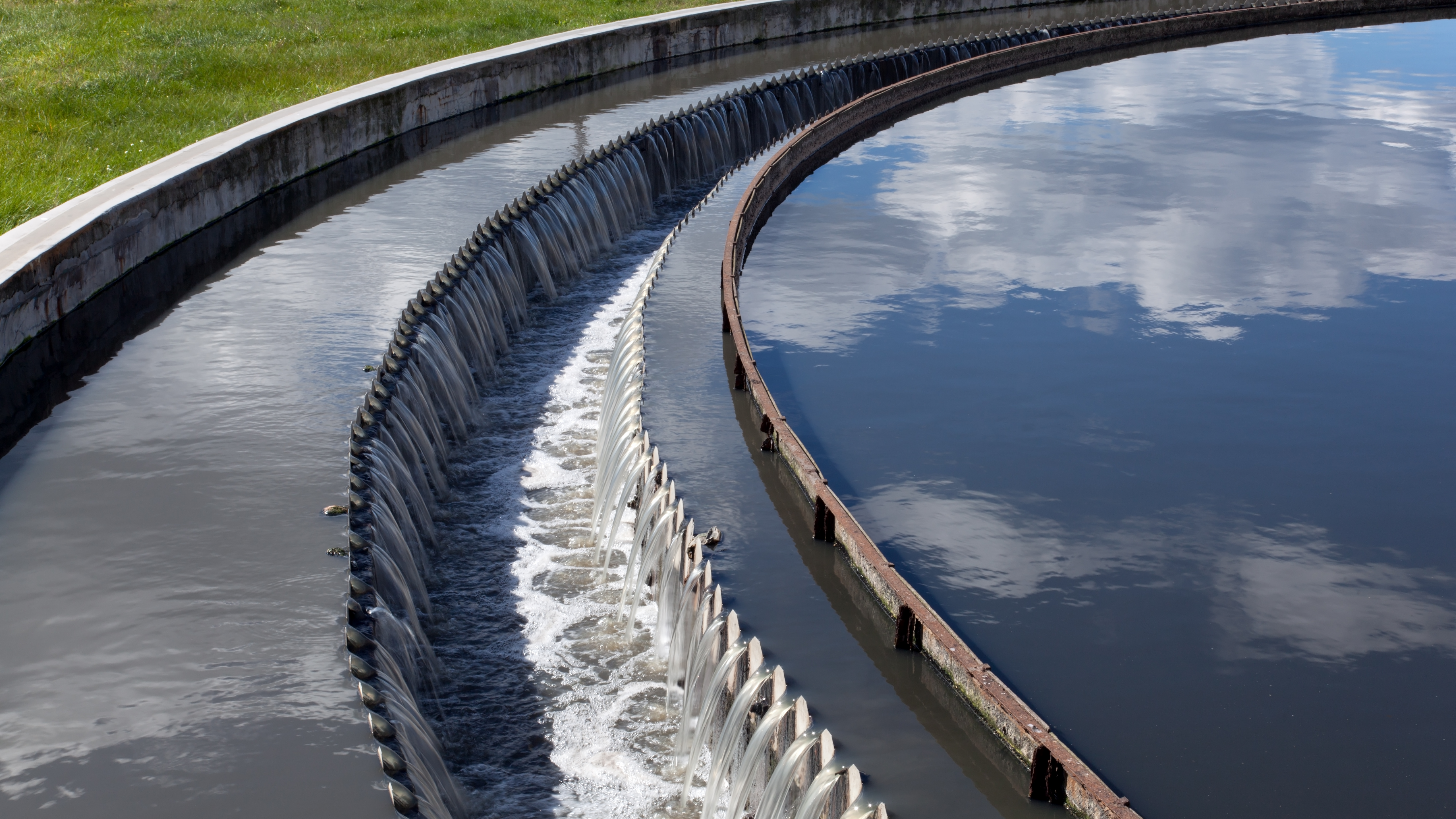Recommended For You
Stormwater recovery, the practice of collecting rainwater, has been taking place for centuries with the goals of reducing consumption of treated water and increasing efforts to operate sustainably.
Today, as cities and populations are growing, interest in better managing stormwater is on the rise. Governments have long understood that responsible water management must be achieved in order to meet the needs of population growth.
Up to now, we’ve managed to meet our needs in the United States, but with a population of more than 320 million people, the requirements are growing and so is the industry of stormwater recovery.
As local governments implement regulations and rules to manage, capture, and protect their stormwater, companies such as ours are increasingly called upon to assist municipalities in optimizing their infrastructure to improve stormwater recovery.
For example, some cities have actually outlawed the collection of rainwater in storage containers on private property. When the rain falls in that city, the city is making a claim the water falling from the sky belongs to them.
In other cities, appropriate landscaping is required in order to prevent stormwater runoff. Fines may be levied on property owners whose landscaping choices do not allow acceptable levels of groundwater replenishment.
Where Do We Put It?
As municipalities look to increase the capacity of stormwater – another problem arises: where do we store the collected water?
Above-ground options usually require significant real estate and are susceptible to environmental impacts.
Underground water storage or aquifer replenishment is a second option that has its own set of complications, including saltwater intrusion, injection and lifting costs to name a few.
Where is This Headed?
Governments are taking action with water infrastructure investments in advanced water treatment and recovery technologies.
Large municipalities are leading the way with projects that focus on wastewater treatment for potable replenishment of existing above ground and below ground storage locations.
However, if they can capture more stormwater direct from the source, then reduced costs for treatment could result in quicker returns on their investments.
In 2017 and beyond, continued attention to infrastructure that allows for stormwater recovery, storage, and treatment will be crucial to cities seeking to provide clean water to a growing population.
Additionally, it’s important to begin the difficult conversations we’ll need to have about water ownership as it applies across district and watershed lines.
Interested in further information about stormwater recovery? Visit our municipal wastewater treatment page or contact us.
Published October 4, 2017


